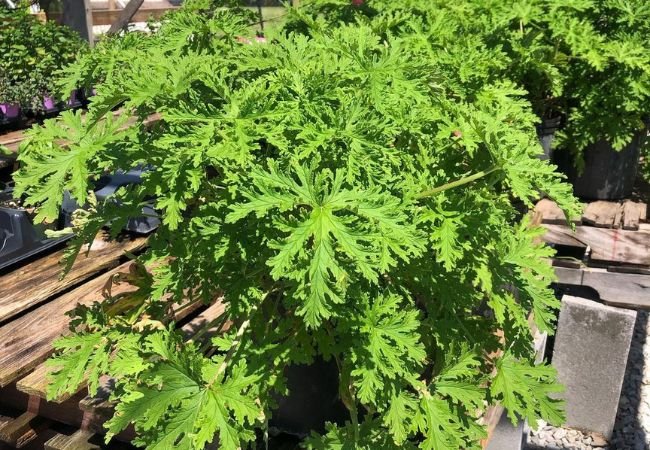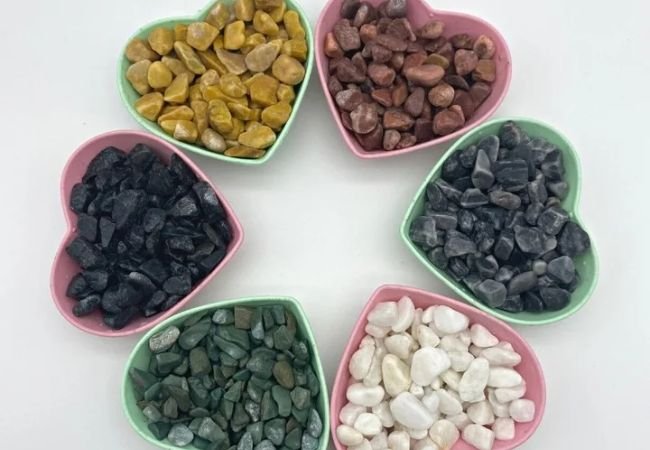Growing Cironella, also called Mexican Mint Marigold, is an aromatic herb with a unique anise-like flavor. It thrives in full sun, well-draining soil and warm climates. Cironella seeds can be directly sown in the garden or started indoors and the leaves and flowers can be harvested throughout the growing season for culinary and medicinal uses.
As an experienced herb gardener, I’m excited to share my knowledge about cultivating cironella, a versatile and fragrant addition to any herb garden. Whether you’re a seasoned green thumb or new to herb growing, this guide will provide you with the information you need to successfully grow and enjoy this flavorful plant.
Here’s an easy-to-read chart for Cironella, which is commonly known as Citronella:
| Category | Details |
|---|---|
| Botanical Name | Pelargonium citrosum |
| Common Name | Citronella, Citronella Geranium |
| Plant Type | Perennial herb |
| USDA Hardiness Zone | 9-11 |
| Sun Exposure | Full sun to partial shade |
| Soil Type | Well-draining, loamy soil |
| Watering | Moderate; keep soil moist but not waterlogged |
| Growth Habit | Upright, bushy |
| Height/Spread | 2-3 feet tall / 2-3 feet wide |
| Special Features | Known for its citronella scent which repels mosquitoes; also used in aromatherapy |
Understanding Cironella

Cironella, scientifically known as Tagetes lucida, is a perennial herb in the marigold family. It’s native to Mexico and Central America, where it’s commonly used in traditional cuisine and herbal medicine. The leaves and flowers of cironella have a distinct anise or licorice-like flavor, making them a popular substitute for tarragon.
Growing Cironella
Planting
- Sow cironella seeds directly in the garden after the last frost date or start them indoors 6-8 weeks before the last frost.
- Choose a location with full sun (at least 6 hours of direct sunlight per day).
- Cironella prefers well-draining soil with a pH between 6.0 and 7.0.
- Space plants 12-18 inches apart in the garden.
For more information on starting herbs from seed, check out this guide from the University of Illinois Extension.
Care and Maintenance
- Water cironella plants regularly, keeping the soil moist but not waterlogged.
- Fertilize with a balanced, slow-release fertilizer in early spring.
- Prune plants regularly to encourage bushy growth and prevent flowering.
- Mulch around the plants to help retain moisture and suppress weeds.
Harvesting
- Harvest cironella leaves and flowers throughout the growing season.
- Snip leaves and flowers using clean, sharp scissors or pruners.
- Avoid harvesting more than one-third of the plant at a time to maintain its health.
Culinary Uses of Cironella
- Use the leaves and flowers as a flavoring in Mexican and Southwestern-inspired dishes, such as salsas, stews, and marinades.
- Add cironella to rice, eggs and salads for a unique anise-like taste.
- Incorporate the leaves into herbal teas or use them to infuse vinegar or oil.
- Dry the leaves and flowers for use in spice mixes or as a seasoning.
For recipe ideas featuring cironella, check out this article from Epicurious.
Medicinal and Other Uses
- Cironella has been used in traditional medicine to treat various ailments, such as digestive issues, skin conditions and respiratory problems.
- The essential oil extracted from cironella leaves and flowers has been studied for its potential antimicrobial and anti-inflammatory properties.
- Some gardeners use cironella as a natural insect repellent, planting it around the perimeter of the garden or near outdoor living spaces.
For more information on the medicinal uses of cironella, consult a qualified healthcare professional or refer to this study from the Journal of Ethnopharmacology.
Propagation and Storage
- Cironella can be easily propagated from seed or by dividing mature plants.
- To save cironella seeds, allow the flower heads to dry on the plant, then collect and store the seeds in a cool, dry place.
- Fresh cironella leaves can be stored in the refrigerator for up to 5 days, or they can be dried and stored in an airtight container for later use.
Cironella or Mexican Mint Marigold, is a versatile and flavorful herb that can thrive in your garden with the right growing conditions. From its unique anise-like taste to its potential medicinal benefits, this herb is a valuable addition to any culinary or herbal enthusiast’s collection. Whether you’re using it in the kitchen or enjoying its aromatic presence in your garden, cironella is a plant worth exploring.
For more information on growing and using herbs, visit the Missouri Botanical Garden’s Horticulture Information Center.
For more gardening tips and plant care guides, visit usagardenhub.com.






